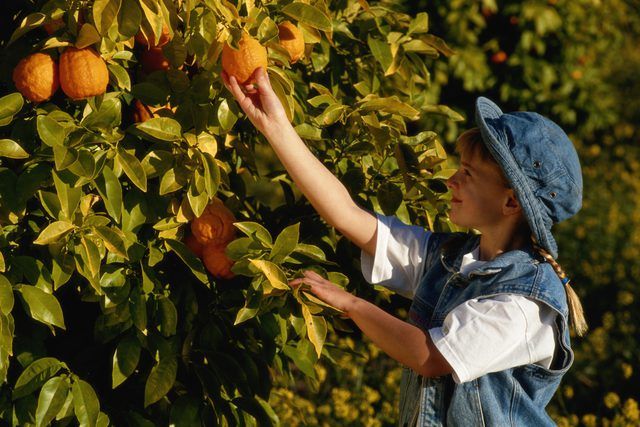Bulbs
Flower Basics
Flower Beds & Specialty Gardens
Flower Garden
Garden Furniture
Garden Gnomes
Garden Seeds
Garden Sheds
Garden Statues
Garden Tools & Supplies
Gardening Basics
Green & Organic
Groundcovers & Vines
Growing Annuals
Growing Basil
Growing Beans
Growing Berries
Growing Blueberries
Growing Cactus
Growing Corn
Growing Cotton
Growing Edibles
Growing Flowers
Growing Garlic
Growing Grapes
Growing Grass
Growing Herbs
Growing Jasmine
Growing Mint
Growing Mushrooms
Orchids
Growing Peanuts
Growing Perennials
Growing Plants
Growing Rosemary
Growing Roses
Growing Strawberries
Growing Sunflowers
Growing Thyme
Growing Tomatoes
Growing Tulips
Growing Vegetables
Herb Basics
Herb Garden
Indoor Growing
Landscaping Basics
Landscaping Patios
Landscaping Plants
Landscaping Shrubs
Landscaping Trees
Landscaping Walks & Pathways
Lawn Basics
Lawn Maintenance
Lawn Mowers
Lawn Ornaments
Lawn Planting
Lawn Tools
Outdoor Growing
Overall Landscape Planning
Pests, Weeds & Problems
Plant Basics
Rock Garden
Rose Garden
Shrubs
Soil
Specialty Gardens
Trees
Vegetable Garden
Yard Maintenance
How to Identify Orange Trees
Learn how to spot an orange tree when it doesn't have oranges. Common characteristics that will help you to identify them.
The orange, sometimes also called the sweet orange, Citrus sinensis, is the most widely grown type of citrus around the world. It grows in warm climates, thriving in U.S. Department of Agriculture plant hardiness zones 9 and 10. While itís relatively easy to pick out an orange tree thatís laden with fruit, it can be hard to identify it at other times. Looking at the treeís size and shape, as well as its leaves, can help to identify an orange tree.

Basic Characteristics
Size and Shape: An orange tree typically gets about 25 feet tall, but a very old tree may reach up to 50 feet. When viewed as a whole, the treeís overall crown shape is rounded and consists of slender branches. Orange trees are evergreen, so they normally always have leaves present.
Branches: The immature branches are angled and twisted, and they often have thin, relatively blunt semi-flexible spines where the leafís petiole Ė the small stem that holds the leaf Ė attaches to the branch.
Leaves: Orange tree leaves sometimes have small "wings" on the petioles. These may be very conspicuous or quite faint. The leaves themselves are essentially elongated ovals anywhere from 2.5 to 6 inches long and 1 to 3.75 inches wide. They are pointed on both ends and may or may not be lightly serrated along the edges.
Flowers: The flowers of an orange tree are about 2 inches wide. They sometimes appear singly but they may also show up in small clusters of two to six blooms. Each calyx -- the green part that holds each flower -- has five points on it. Each flower has five white, oblong petals. Within the flower are between 20 and 25 stamens topped by very obvious tallow anthers.
Fruit: The fruit of an orange tree is generally rounded and from 2.5 to 3.75 inches across. The rind of the ripe fruit is typically orange, but it may also be yellow. It has tiny oil glands over the entire surface. When cut open, the inner layer of rind is spongy and white. The fruit inside can range from yellow to red and consists of approximately 10 to 14 wedge-shaped sacs, each filled with pulp and juice. Each sac may contain up to four seeds, though some varieties are seedless.
Other Oranges
Other types of orange trees have similar characteristics in terms of general shape, flowers and leaves, but the size of the tree and the fruit are different.
Mandarin oranges, Citrus reticulata, also known as tangerines, can tolerate a somewhat wider range of temperatures than sweet oranges, and thrive in USDA zones 8b through 11. They have the same general tree shape as oranges but typically donít grow over 20 feet tall. The fruit is typically smaller, about 2 to 4 inches across, and it has a very loose skin that makes it easy to peel.
Blood oranges, Citrus sinensis 'Moro', get their name from the dark red color of the fruit as well as the occasional red spot on the outer rind. These trees grow in USDA zones 9 and 10 and have an appearance similar to that of the sweet orange tree, but they grow only about 12 to 15 feet tall. The fruit makes this tree easy to identify, not only for its blood-red color but also because it often grows in clusters of three or more.